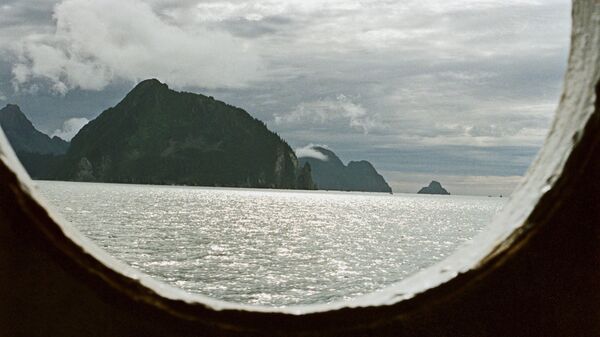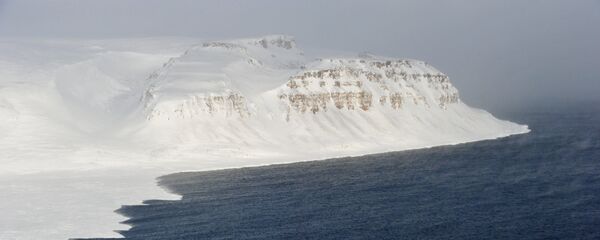MOSCOW (Sputnik) — On August 14, 1784, three ships of the expedition led by Grigory Shelikhov, a merchant from the city of Irkutsk, made a landing at Kodiak Island near the coast of Alaska and after several months of preparations established the first permanent Russian settlement in North America. The settlement was named Pavlovskaya Gavan (Paul's Harbor).
Shortly afterward, the monks from the Valaam Monastery came to the island and started converting local Aleuts to the Orthodox Christianity. The monks have also constructed the first Orthodox church in the area that still exists.
In 1799, the city of Novoarkhangelsk, which was later renamed to Sitka, was established. Soon after the settlement was founded, about 200 Russians and 1,000 Aleuts lived in the city.
Russians have rarely lived in Alaska on any permanent basis. According to the figures of the Russian-American Company, the number of people living in the region in the most active colonization periods was lower than 1,000, though many people came from Russia on fur-collecting expeditions.
The RAC's management had repeatedly requested St. Petersburg to send peasant serfs to reclaim Alaska, but these attempts failed. That's why, the only Russians in the region were the RAC employees with a status of "colonial citizens."
By the middle of the 19th century, the majority of the colonial citizens moved from Kodiak Island to the settlement of Ninilchik on the Kenai Peninsula. Their great-great-grandsons and great-great-granddaughters live there to this day.




